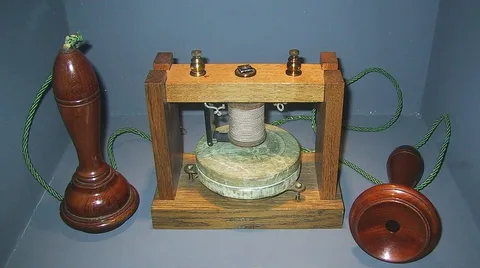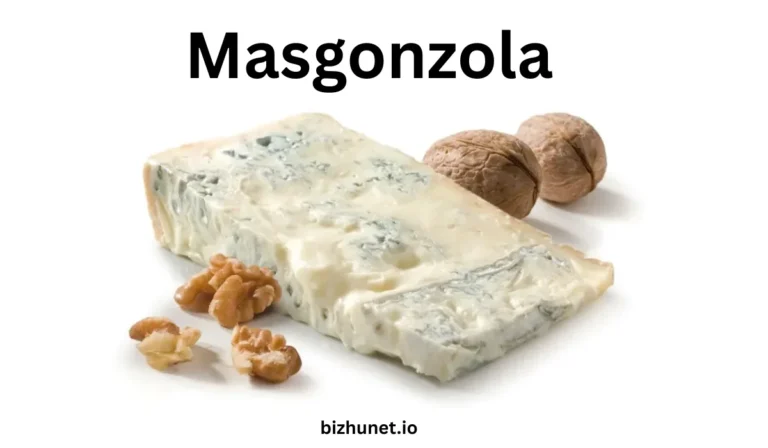Living with Cystinosis: A Day in the Life of a Teen Warrior
For many teenagers, mornings are rushed, snoozing alarms, grabbing toast, and running for the bus. But for a teen with cystinosis, mornings begin with a different kind of urgency. The day starts early, not by choice but by necessity. Before breakfast even comes into the picture, medication is the top priority.
Cystinosis is a rare genetic disorder that causes cystine to build up in the body’s cells. Without ongoing treatment, it can lead to damage to the kidneys, eyes, muscles, pancreas, and other organs. Teens with this condition follow a strict medical regimen, which can include taking up to 40-60 pills a day. Morning doses may include cysteamine to reduce cystine buildup, as well as other medications to manage related issues like kidney function and electrolyte imbalance.
As the medicine kicks in, there’s often a period of nausea or fatigue, an unwelcome but familiar visitor. Still, there’s school to prepare for, and on breaks, maybe there are some games to play on the Tower X game website. Some teens may opt for online learning, while others push themselves to attend traditional classrooms. Either way, every morning is an act of courage and commitment.
Midday Battles: School, Social Life, and Energy Crashes
Navigating a school day with cystinosis can be exhausting. Fatigue is a constant struggle, not because of laziness but due to how the body’s energy is sapped by the disease and its treatments. Some students may need accommodations such as extra time for assignments, frequent breaks, or a quiet space to rest.
But beyond academics, there’s a deeper layer of difficulty: blending in. Cystinosis can lead to growth delays and require feeding tubes or visible medical aids, making teens feel self-conscious. Bullying or misunderstanding from peers can be a real threat. Still, many young warriors show remarkable resilience. They learn to explain their condition with grace, advocate for themselves with confidence, and find true friends who stand by them.
Lunch brings another round of medications, and sometimes dietary restrictions make eating in public uncomfortable. But most teens with cystinosis don’t want sympathy; they want normalcy. Between classes, they laugh with friends, scroll social media, and dream about the future just like anyone else. Every moment of “normal” feels like a tiny victory.
Afternoon and Evening: Managing Treatments and Chasing Passions
Once school ends, the focus shifts to self-care, an essential, time-consuming part of the day. Teens with cystinosis may require a variety of treatments, including physical therapy for muscle weakness, eye drops to reduce cystine crystals in the cornea, or dialysis if kidney damage is advanced.
These routines can take hours, leaving less time for extracurriculars. And yet, many find ways to pursue their passions, painting, gaming, music, advocacy, or journaling. Some become active in rare disease communities, raising awareness, speaking at conferences, or creating content to educate others.
Dinner time comes with yet another round of pills. By now, the digestive side effects, nausea, and loss of appetite may kick in hard. But there’s a quiet strength in this part of the day, too. Parents and siblings often rally around, forming a tight-knit support system that makes the burden feel a little lighter.
Night doesn’t bring full relief. Sleep can be restless due to pain, muscle cramps, or anxiety about the future. But the teen warrior knows that rest is another form of resistance, an act of healing that arms them for another day.
More Than a Diagnosis: Courage, Dreams, and Hope
Cystinosis might define parts of a teen’s routine, but it doesn’t define them. These young individuals dream about college, careers, love, and independence. They crave the freedom to travel, to dance all night, or to skip a dose without worry, things most people take for granted.
Living with cystinosis teaches emotional maturity early. It shapes empathy, gratitude, and strength. Teen warriors often become role models not only for their peers but also for adults navigating chronic illness. Their lives, while different, are filled with purpose.
Medical research offers glimmers of hope, with ongoing studies exploring gene therapy, better medications, and eventually a cure. When completed or with further progress made, an improved living condition can be designed and implemented for those living with cystinosis. Until then, each day living fully is an act of resistance, a refusal to let a rare disease dictate the terms of life.
Conclusion
A day in the life of a teen with cystinosis is not easy, it’s a mosaic of discipline, discomfort, courage, and quiet victories. From managing grueling treatment schedules to chasing dreams, these young warriors live with a strength that goes far beyond what most of us see. Their resilience is not just inspiring, it’s a reminder that even in the face of rare, chronic illness, a vibrant life is not only possible but powerful.






